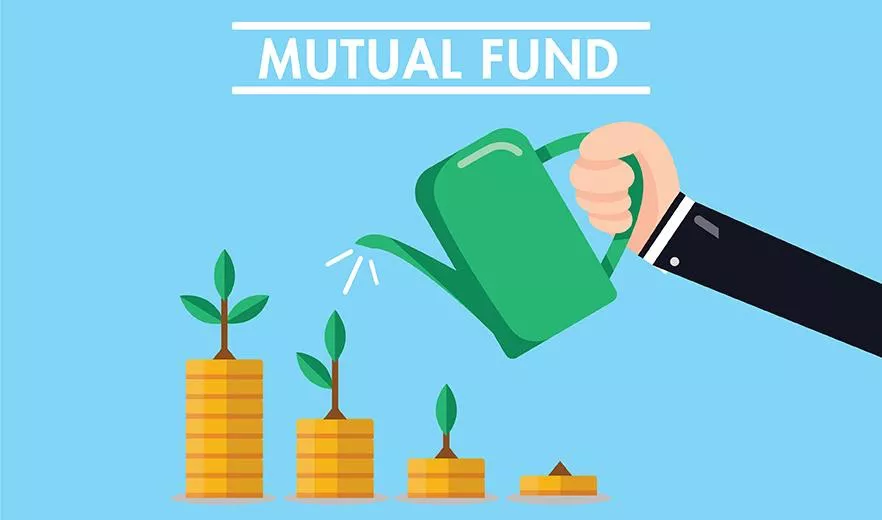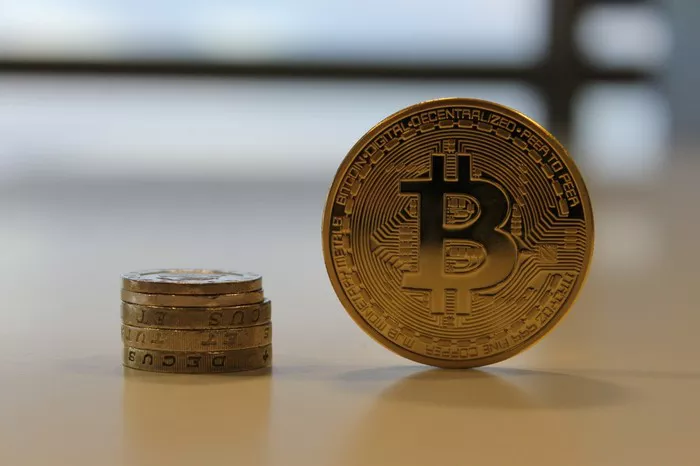Index funds have become one of the most popular investment options for individuals seeking low-cost, diversified exposure to the stock market. These funds track the performance of a specific market index, such as the S&P 500, and offer investors the opportunity to benefit from broad market returns. One of the appealing features of index funds is the dividends they pay to shareholders. But when do index funds pay dividends, and how are those payments structured?
In this article, we will explore how dividends work with index funds, when investors can expect to receive them, and what factors influence the dividend payouts. Whether you’re an experienced investor or new to the world of index funds, understanding how dividend payments work can help you make more informed decisions about your portfolio.
What Are Dividends in Index Funds?
Before discussing when index funds pay dividends, it’s important to understand what dividends are and how they function within the context of an index fund.
What Are Dividends?
A dividend is a portion of a company’s earnings that is paid out to shareholders as a way to distribute profits. These payments are typically made in cash, though some companies offer dividends in the form of additional shares of stock (known as stock dividends).
In the case of index funds, dividends come from the underlying companies within the index that the fund tracks. For example, if you invest in an S&P 500 index fund, you will receive dividends from the companies within the S&P 500 index that pay dividends. These dividends are pooled together by the index fund provider and distributed to the fund’s shareholders.
How Do Index Funds Pay Dividends?
The process of paying dividends from an index fund typically follows these steps:
Underlying Companies Declare Dividends: Companies within the index declare and distribute dividends to their shareholders.
Fund Receives Dividends: The index fund receives the dividends from the companies it holds in its portfolio.
Fund Distributes Dividends: The index fund pools these dividends and distributes them to its investors, typically on a quarterly or semi-annual basis.
It’s important to note that not all companies in an index pay dividends. While many established companies, especially those in sectors like utilities or consumer goods, regularly pay dividends, others, particularly in growth sectors like technology, may reinvest their earnings rather than paying out dividends. As a result, the dividend yield for an index fund will depend on the dividend policies of the companies within the index.
When Do Index Funds Pay Dividends?
Now that we understand what dividends are and how they are distributed by index funds, let’s focus on when investors can expect to receive these payments.
Typical Dividend Payment Schedule
Index funds typically pay dividends on a quarterly or semi-annual basis. However, the exact schedule can vary depending on the specific fund. The payment of dividends is subject to the dividend schedule of the companies within the index as well as the policies of the fund provider.
Quarterly Dividends
Most index funds, particularly those tracking large-cap U.S. indices like the S&P 500 or the Nasdaq-100, distribute dividends quarterly. This means that investors in these funds can expect to receive dividend payments four times a year.
For example:
Dividend Declaration: Companies in the index declare their dividends, usually a month before the payment date.
Ex-Dividend Date: This is the date on which you must own the index fund to be eligible for the upcoming dividend payment.
Record Date: The record date is the cutoff date for determining which investors are entitled to receive the dividend.
Payment Date: This is the date the fund actually pays out the dividends to shareholders.
Semi-Annual Dividends
Some index funds, especially those tracking foreign indices or certain sectors, may pay dividends semi-annually, meaning twice per year. These funds may follow a similar dividend schedule, but the payments will be made in two installments instead of four.
Dividend Frequency of Different Index Funds
The dividend frequency for an index fund depends on the type of index it tracks and the policies of the fund provider. Below are some common examples of how different types of index funds handle dividends:
U.S. Large-Cap Index Funds
Most index funds tracking major U.S. stock indices like the S&P 500, Dow Jones Industrial Average, or Russell 2000 distribute dividends quarterly. These indices contain many blue-chip companies, many of which pay regular dividends.
For example, the Vanguard S&P 500 ETF (VOO) pays dividends on a quarterly basis, typically in March, June, September, and December.
International Index Funds
International index funds that track markets outside of the U.S. may have varying dividend schedules. While many developed countries’ companies also pay dividends quarterly, some emerging market indices may have a less consistent dividend payout schedule.
For example, the Vanguard FTSE All-World ex-US Index Fund (VEU) tracks global stocks outside of the U.S. and pays dividends quarterly.
Sector-Specific Index Funds
Some index funds focus on specific sectors, such as technology, healthcare, or energy. These funds may have different dividend policies depending on the characteristics of the sector. Growth-oriented sectors like technology often feature companies that reinvest profits rather than paying dividends, so the dividend yield may be lower or less consistent.
For example, the Technology Select Sector SPDR Fund (XLK) may have a lower dividend yield compared to a fund that tracks more dividend-focused sectors like utilities.
Factors That Influence Dividend Payments
Several factors influence the amount and timing of dividend payments from an index fund. These factors include:
1. Dividend Policies of Underlying Companies
The dividend payments made by index funds are determined by the companies that make up the index. Some companies pay regular dividends, while others do not. As a result, the dividend yield of the fund will depend on the dividend policies of the constituent companies.
High-Dividend Yield Companies: Companies in stable industries like utilities, consumer staples, and real estate tend to pay regular and higher dividends.
Low-Dividend Yield Companies: Growth-oriented companies, particularly in sectors like technology or biotech, may reinvest their profits to fund expansion, resulting in lower or no dividends.
2. Fund Type and Strategy
Different index funds have different investment strategies. Some funds specifically target high-dividend-yield stocks, while others may focus on growth or total market exposure. For example, a Dividend ETF (exchange-traded fund) may focus on companies with the best dividend-paying records, whereas a fund tracking a broader index like the S&P 500 may pay a lower dividend.
3. Market Conditions
During periods of market volatility or economic downturns, companies may reduce or suspend their dividend payments to conserve cash. This is especially common in sectors most affected by economic downturns, such as energy or financial services. A widespread reduction in dividends could affect the dividend yield of the index fund.
4. Fund Management
The management of an index fund also plays a role in the timing and size of dividend payments. For example, some funds may accumulate dividends throughout the quarter and then distribute them at the end of the period, while others may pass dividends along to investors immediately upon receipt. Additionally, fund managers may charge fees that can affect the amount of dividends received by investors.
How Are Dividends Taxed in Index Funds?
It’s also important for investors to consider the tax implications of receiving dividends from an index fund. Dividends are generally subject to taxes, but the tax rate depends on several factors, including the type of dividend and the investor’s tax situation.
Qualified vs. Non-Qualified Dividends
Dividends from index funds may be classified as either qualified dividends or non-qualified dividends.
Qualified Dividends: These are dividends paid by U.S. companies or qualifying foreign companies that meet specific requirements. Qualified dividends are taxed at a lower tax rate, typically between 0% and 20%, depending on the investor’s income level.
Non-Qualified Dividends: These dividends are generally taxed at the investor’s ordinary income tax rate, which can be higher than the rate for qualified dividends.
If you invest in index funds that pay foreign dividends, those may also be subject to foreign withholding taxes, depending on the country where the dividend originates.
Conclusion
Understanding when index funds pay dividends is essential for investors who seek regular income from their investments. The timing and amount of dividend payments can vary based on the type of index fund, the dividend policies of the underlying companies, and the broader economic environment.
Most index funds pay dividends on a quarterly or semi-annual basis, but the specific schedule depends on the fund. In general, large-cap U.S. index funds like the S&P 500 pay dividends quarterly, while sector-specific or international index funds may have different schedules.
As with any investment, it is important to consider the dividend yield, tax implications, and the overall investment strategy when selecting index funds for your portfolio. By understanding how and when dividends are paid, investors can make more informed decisions about how to structure their portfolios to achieve their financial goals.
Related topics:
































